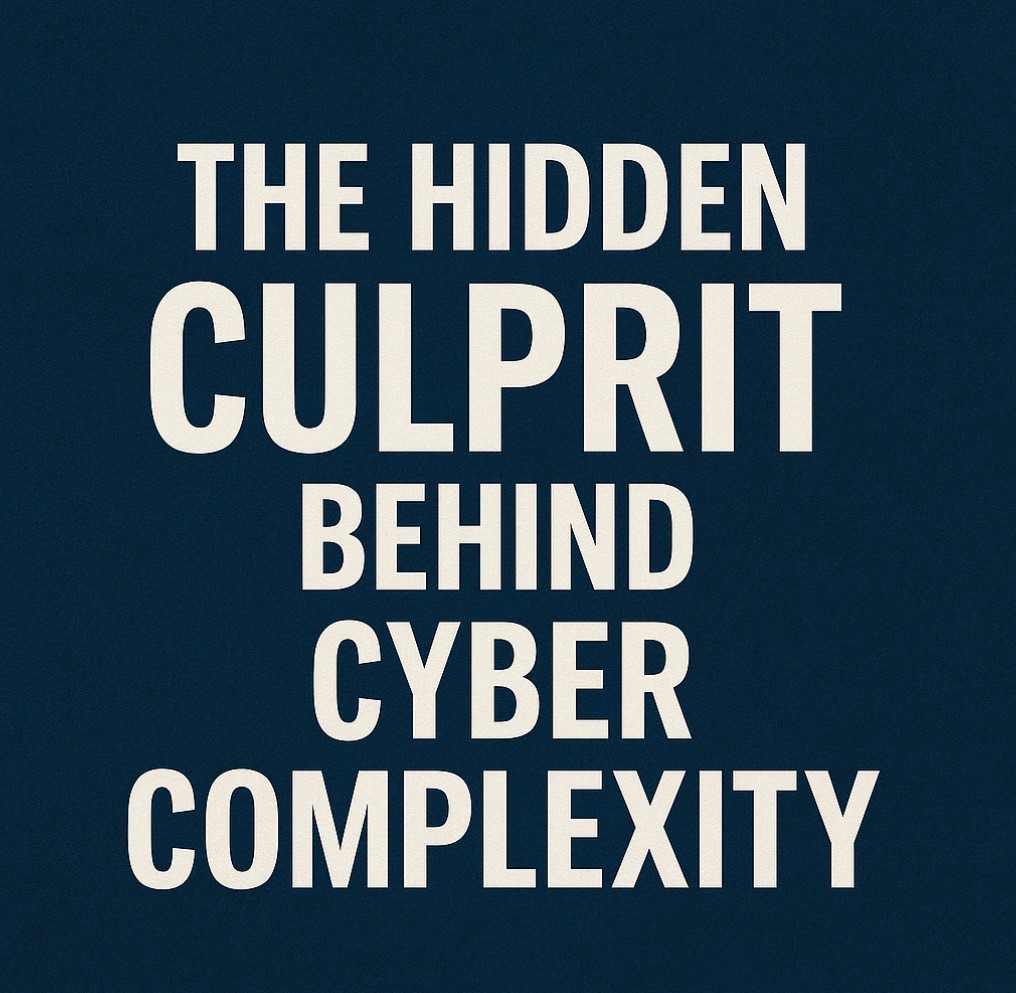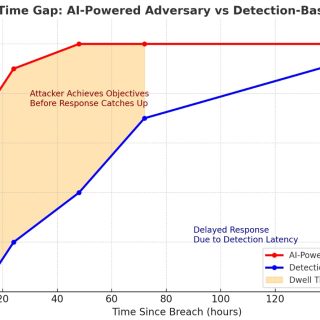
Every few months, a new security tool promises to reduce complexity, boost visibility, or finally “unify” your cybersecurity stack. And yet, the average security team today is buried under dozens—sometimes hundreds—of tools, dashboards, and policies. We’ve consolidated, integrated, and automated. So why does it still feel like we’re drowning?
The answer lies in a blind spot we rarely question: the foundational assumption that detection is the primary way we defend systems.
The Architecture Problem No One Talks About
Cybersecurity wasn’t always this bloated. What changed?
The moment we decided that detection—trying to spot malicious behavior before damage occurs—was our frontline defense, we set off a chain reaction:
- Detection leads to uncertainty.
No detection method is perfect. Behavioral analysis, signatures, AI-based anomaly detection—all generate false positives and false negatives. - Uncertainty leads to layering.
To compensate, we add more tools: EDR, XDR, SIEM, SOAR, threat intel feeds, sandboxing systems… hoping one catches what the other misses. - Layering leads to complexity.
Each new layer introduces configuration, maintenance, and interoperability demands. Complexity grows exponentially, not linearly. - Complexity leads to inefficiency.
More tools mean more people to manage them. More alerts to triage. More dashboards to reconcile. Eventually, the tech becomes unmanageable without an army.
We didn’t design a system to prevent attacks—we designed a system to detect failure, and then tried to manage the fallout.
Detection-Centric Security Is a Self-Perpetuating Cycle
Every time a breach happens, the industry response is almost always the same: “We need better detection.” This is like building taller walls every time someone finds a ladder. It’s not scalable—and it’s not smart.
Detection is reactive by nature. It assumes bad things will get through, and we just need to catch them quickly enough to respond. But if your response depends on detecting something before it detonates, you’re already one step behind.
Rethinking the Operating Model: Prevent the Blind Spot
What if we broke the cycle? What if we stopped relying on detection as the foundation?
Modern architectures are proving this is possible:
- Default-Deny Execution: Prevent unknown files from touching the OS or filesystem without needing to classify them as good or bad first.
- Kernel-Level Virtualization: Let untrusted applications run—but in a completely virtualized environment where they can’t cause harm.
- Application Isolation: Separate risky processes from the core system so that compromise doesn’t propagate.
- Zero Trust Endpoint Models: Grant least privilege and isolate processes, not just users or networks.
These models don’t just reduce reliance on detection—they change the game. Instead of trying to guess whether a file or process is malicious, they remove its ability to cause damage regardless of intent.
A Simpler, Smarter Future
When we reduce our reliance on detection, we remove the need for many of the layers we’ve piled on top. Fewer tools. Fewer alerts. Fewer analysts stuck in the weeds. Security becomes a design feature, not a reactionary patchwork.
This isn’t just a vision—it’s already happening. Organizations adopting prevention-first architectures are seeing massive reductions in tool sprawl, breach incidents, and operational overhead.
It’s time to stop building our defenses around the failure of detection. It’s time to redesign cybersecurity from the ground up—with simplicity, resilience, and prevention at the core.
If your current stack feels like a house of cards—one alert away from collapse—it might not be a staffing problem. It might be an architecture problem. And solving that doesn’t require another tool. It requires a new way of thinking.



